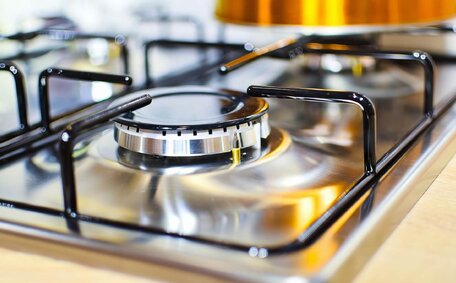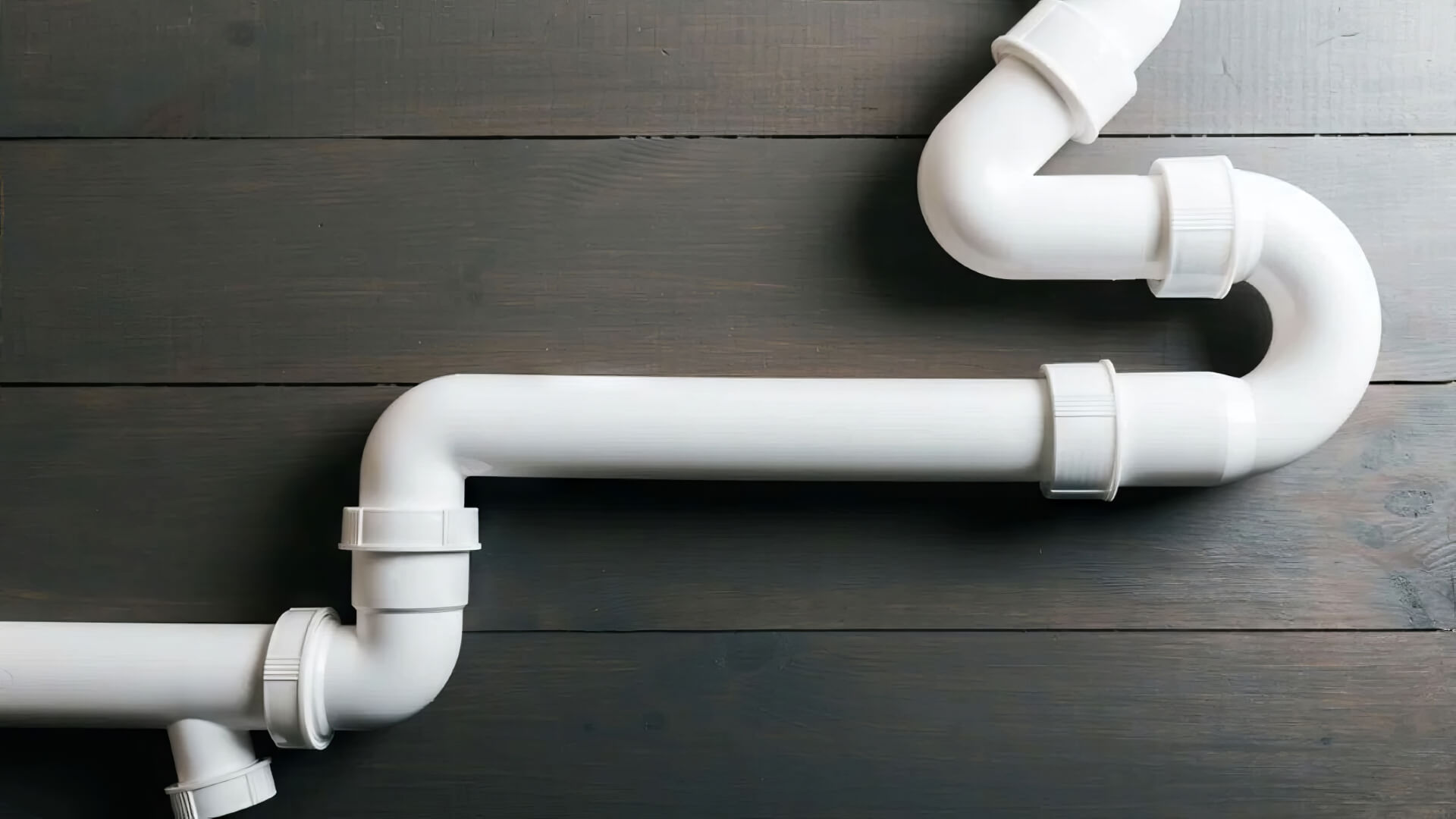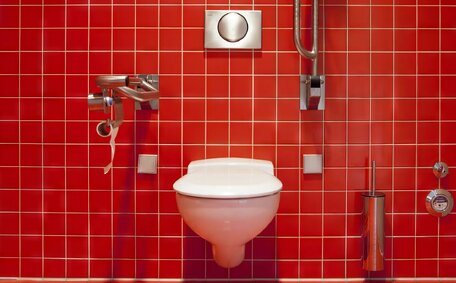Introduction to Hot Water System Efficiency
Energy-efficient hot water systems are essential in Australian households for reducing energy consumption and costs. A precisely calibrated system can enhance energy savings, reflecting in noticeable reductions in utility bills over time. This article provides homeowners with step-by-step instructions on recalibrating hot water systems to optimise efficiency.
You’ll also learn measures to enhance performance, from adjusting control knobs to installing heat pumps or solar-powered systems.
Recalibrating your water heater or upgrading to more sustainable systems also offers environmental benefits. Let’s explore how your hot water system works, and simple ways to maximise energy savings at home.
Common Causes of Inefficiency
There are several common factors that can lead to hot water systems operating inefficiently, resulting in higher energy usage and costs:
- Incorrect temperature settings - Setting the thermostat too high causes the system to overheat the water, wasting energy.
- Sediment buildup inside the storage water units - This affects heat transfer and requires more energy to heat the water.
- Leaking water tank pipes or valves - even minor leaks lead to energy wastage by letting heat escape.
- Outdated equipment - Older systems like standard electric storage water heaters are less efficient than modern heat pump or tankless models, causing more strain on the unit.
- Overcapacity - An oversized tank heats more water than necessary, using excess energy and exceeding your hot water needs.
An inefficient system can lead to disproportionate energy bills. Proper recalibration or upgrading to a more modern model can offer substantial savings on operational costs.
Sediment Buildup
Over time, your plumber can tackle sediment buildup from mineral deposits and corrosion accumulating inside natural gas hot water systems. The insulating effect of sediment disrupts efficient heat transfer, requiring more energy to heat water.
This results in increased energy need to heat the water to the desired temperature. Sediment buildup also clogs pipes and strains internal components, as it may hinder gas supply. Recalibrating may temporarily improve how well your heater can function, but won’t clear sediment buildup.
To manage sediment, homeowners can drain the tank annually using the relief valve. Professionals use a hydronic flush, pushing high-velocity water to dislodge stubborn deposits. Removing sediment from your tank enhances the heating element’s heat conduction and can increase efficiency by up to 20%.
Upgrading to a highly efficient electric hot water heater, tankless model or solar system also prevents sediment buildup. While initially costly, the long-term savings garnered from enhanced efficiency often balance out the initial expenditure.
Incorrect Temperature Settings
Typically, the ideal hot water temperature setting ranges from 50-60°C for general household use. Maintaining this temperature range ensures hot water is sufficient for domestic uses and helps avoid wasteful overheating.
If your thermostat is set too low, below 45°C, you may need hot water and have to relight the pilot flame or experience problems like:
- Not enough hot water flow, especially during peak usage times
- Possible risk of bacteria growth in the tank
Setting your thermostat above 65°C leads to energy waste, precisely when you need hot water, as more fuel/electricity is used to overheat it. It can also create safety hazards such as scalding.
Learn to adjust your gas or electric system’s control knob to 50-60°C, and how to relight the pilot if needed. For electric hot water systems including solar, the ideal setting is slightly higher at 60-70°C to allow for heat loss during sunset hours.
Make electric hot adjustments in increments of 5°C and verify if the supply hot water and temperature align with your household’s needs, or seek professional advice from a licensed plumber for guidance. Get professional help If challenges remain, it’s prudent to seek plumber professional advice for thermostat settings.
Your water heater can become more efficient by upgrading outdated equipment or switching to options like heat pumps or tankless heaters.
Thermostat Issues
The control valve known as the thermostat controls your hot water system’s temperature settings, even when there’s no there power. Common thermostat issues include miscalibration, which can result in water that’s either scalding or tepid.
A faulty thermostat can be stuck open, sometimes to reset your system pressing the reset button helps, meaning it overheats water past the set point, wasting energy. Other times, it fails to reach the desired temperature due to mechanical wear or sediment buildup interfering with the sensor.
A good rule of thumb is to recalibrate your thermostat if the water temperature fluctuates wildly or differs considerably from your setting. Turning the dial 5-10 degrees and testing output temperature can help diagnose issues, especially after a power outage.
If thermostat adjustments don’t fix the hot water supply issues, it may be time to consider professional replacement. Modern electronic thermostats last around 5-10 years before requiring replacement.
Upgrading to a wireless programmable thermostat allows convenient temperature control, especially if there’s still no hot water after manual adjustments. Though pricier, it enhances efficiency by allowing hot water scheduling suited to your usage patterns.
Improving Efficiency
Homeowners can adopt these strategies to improve their system’s efficiency:
- Recalibrate the thermostat to 50-60°C in 5°C increments, and relight the system if required, to achieve the ideal temperature for your needs.
- Drain out sediment annually through the relief valve or get a professional flush if buildup is excessive.
- Insulate exposed hot water pipes with foam sleeves to keep heat loss to a minimum.
- Install energy-efficient shower heads and faucets rated under 9 L/min. These devices can lessen the amount water used in your home.
- Consider upgrading to a solar, heat pump, or tankless model that incorporates cutting-edge technology.
- Use timer controls so your hot water isn’t constantly reheated during low-use hours.
Even basic maintenance like checking valves and gaskets for leaks can optimise efficiency. Your local licensed Campbelltown plumbers provide professional hot water system servicing to help meet your household’s volume more than its basic needs while saving energy.
Rest assured by your local licensed plumber professional that upgrades or repairs generally pay for themselves, and if issues persist, it’s sensible to call plumber experts over time to see savings on monthly bills. We’re happy to advise on appropriate solutions to enhance efficiency based on factors like your existing system’s age, daily usage, and number of occupants.
Adjusting Temperature Settings
Most systems have a control knob or thermostat to adjust the temperature.
Storage tanks, be it gas or electric, usually have control valves with temperature options reaching 60°C.
Ensure the temperature provides a comfortable warmth without posing a scalding hazard.
Gradually adjust the heater in 5°C steps and if the temperature remains high, additional troubleshooting may be necessary.
If even when the control knob fully turned to the highest setting your water isn’t getting hot enough during peak periods, your system may be underpowered for your house size. Professional upgrades to higher capacity tanks or continuous flow units may be worthwhile.
Adjust the setting if water heats more than necessary, to maintain comfortable shower temperatures. Installing low flow shower heads also regulates temperature consistency. Insulate exposed pipes to prevent running out hot water faster due to heat loss.
Respond to potential persisting issues by consulting the section below and, if necessary, contact your plumber for a thorough diagnosis.
Installing Heat Traps
Heat traps consist of one-way valves installed on the water heater’s incoming and outgoing pipes. They conserve heat by preventing the natural circulation of water in the pipes when the system is not active.
As hot water rises and cooler water sinks, convection currents can occur inside the pipes, wasting heated water. Heat traps block this return water mixing, making your system more energy efficient by reducing standby heat losses by up to 20-30%.
Installing heat trap valves is achievable as a DIY task, especially with an accessible access panel to your pipes. Ensure proper valve orientation for effective flow direction; a licensed plumber can guarantee correct installation and function.
Overall costs are generally quite affordable for most homeowners. While payback periods vary based on local energy rates and your system’s usage levels, heat traps remain one of the most effective measures for cutting energy bills.
Insulating Pipes
Insulating hot water pipes is an effective way to enhance system efficiency. Bare pipes lose a considerable amount of heat, increasing energy usage and costs. Insulation minimises this wasted standby heat.
Closed-cell pipe insulation is ideal for hot water plumbing. Slip-on foam pipe sleeves are easy to install for DIYers. Securing with zip ties or aluminium tape gives a snug fit.
Made of polyethylene foam, the material is waterproof and withstands temperatures above 200°C.
For tricky pipe layouts, your local licensed plumber can insulate using slab, tube or spray insulation like polyurethane foam. This adheres closely despite bends. Professionals often extend insulation through walls, floors and ceilings to prevent heat loss.
Insulated pipes ensure there’s enough hot water your usage requires, reducing heat loss to just 2-4%. This keeps more hot water your usage requires in reserve for when you need it. Insulation also makes water flow faster by preventing cooling in pipes.
Although DIY is cost-effective, the risks associated with electrical wiring and gas lines suggest that a certified Campbelltown plumber should insulate your water heater.
When to Call a Professional
While some hot water system maintenance tasks are suitable as DIY projects for handy homeowners, it’s important to know when professional help is required.
Do not attempt DIY if issues like no hot water arise; instead, make a hot water call to a licensed Campbelltown plumber for assessment or service:
- When there’s still no hot water coming from any faucet
- Discoloured or foul-smelling water
- Significant drops in water flow rates
- Leaking pipes, tanks, valves or fittings
- Loud or abnormal sounds from the unit
- Faulty electrical components like safety switch mechanisms, a tripped circuit breaker, or heating elements
- Sediment buildup that’s difficult to flush out yourself
- Thermostat or gas valve issues not fixed by DIY recalibration
- Insufficient hot water delivery or frequent cold spikes during use
- Over 10 years old, suggesting that it’s likely time for a full replacement
Your local licensed plumber can troubleshoot underlying causes and offer solutions, so make a no hot water call to restore efficiency and aid in reducing your energy bills. We manage a wide range of services, including repairs, optimisation of settings, upgrades, and professional installations of modern, energy-efficient systems.
For an obligation-free site inspection or quote, contact Campbelltown Plumbing on 1300 349 338 or [email protected].
Replacing Thermostats
Over time, thermostats may lose calibration or suffer mechanical issues leading to failure. Signs like fluctuating hot water temperatures, inability to maintain heat settings, and constant cold water indicate your thermostat needs replacing.
Modern electronic thermostats have a lifespan around 5-10 years. Older mechanical models may need replacement sooner. Upgrading to programmable or WiFi-connected thermostats optimises efficiency by allowing remote temperature customisation for different usage needs.
Thermostat installation or replacement is best left to qualified technicians as it involves draining tanks and disconnecting gas/electrical connections. Our licenced Campbelltown plumbers handle complete thermostat replacements, installations, and upgrades. We dispose of old units safely and configure modern replacements to maximise energy savings.
Installing New Systems
Upgrading to a more energy-efficient hot water system can significantly reduce your energy usage and monthly power bills. Modern hot water systems can significantly lower your energy bills and often pay for themselves within 5-7 years through ongoing savings.
Electric water heat pumps, ideal for heating water using air extraction technology, are increasingly popular in areas like Campbelltown.
Low operating costs and the ability for heat to flow through make them a more cost-effective option than traditional gas water heaters or electric storage heaters. Solar panels also harness renewable energy to offset water heating costs. Tankless heaters provide hot water on demand without wastage.
When installing a new system, consider factors like your household’s daily usage, climate conditions, available solar access if going electric, and upfront costs vs long term savings. Gas may not be the most affordable or sustainable option by 2030. Contact our team at Campbelltown Plumbing to discuss greener solutions suited to local requirements.






